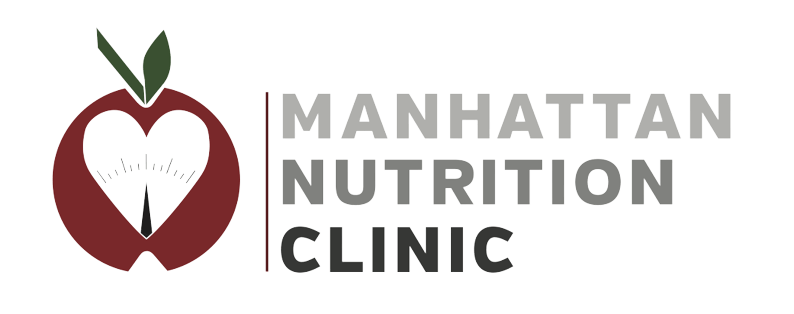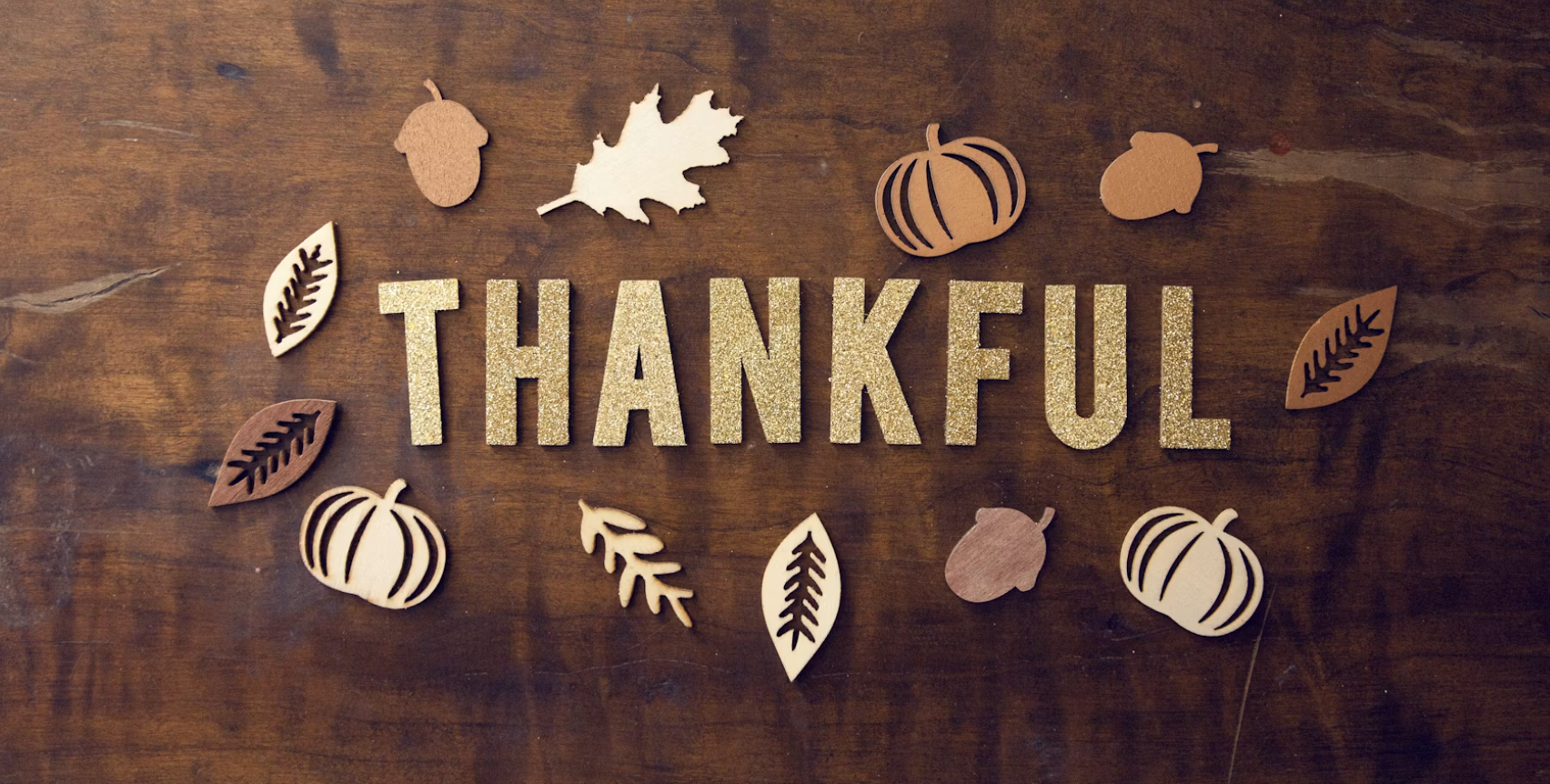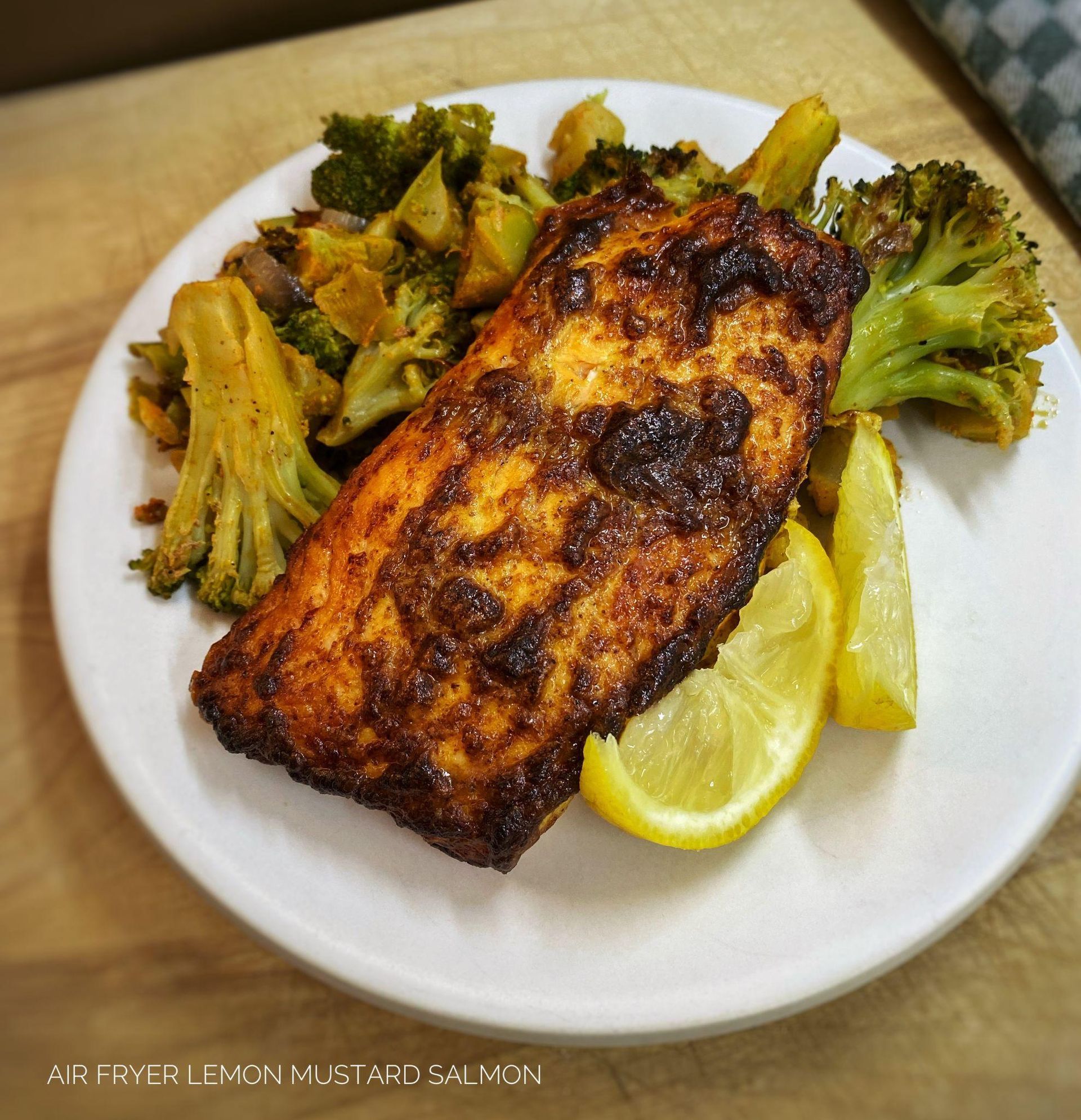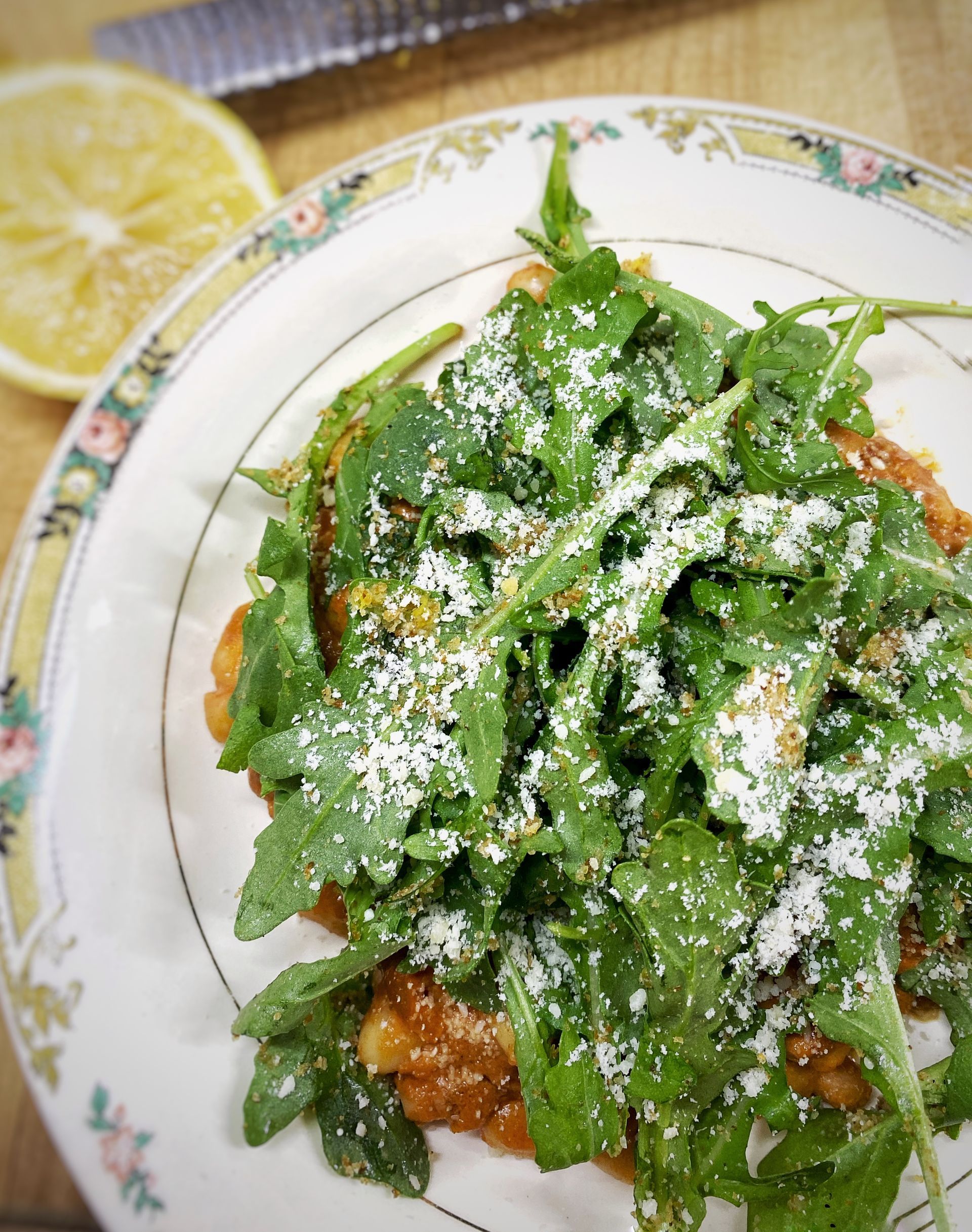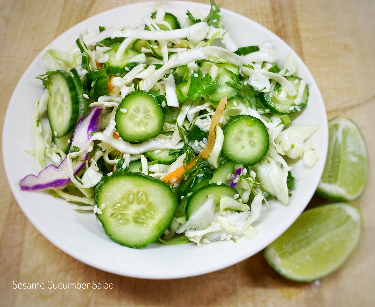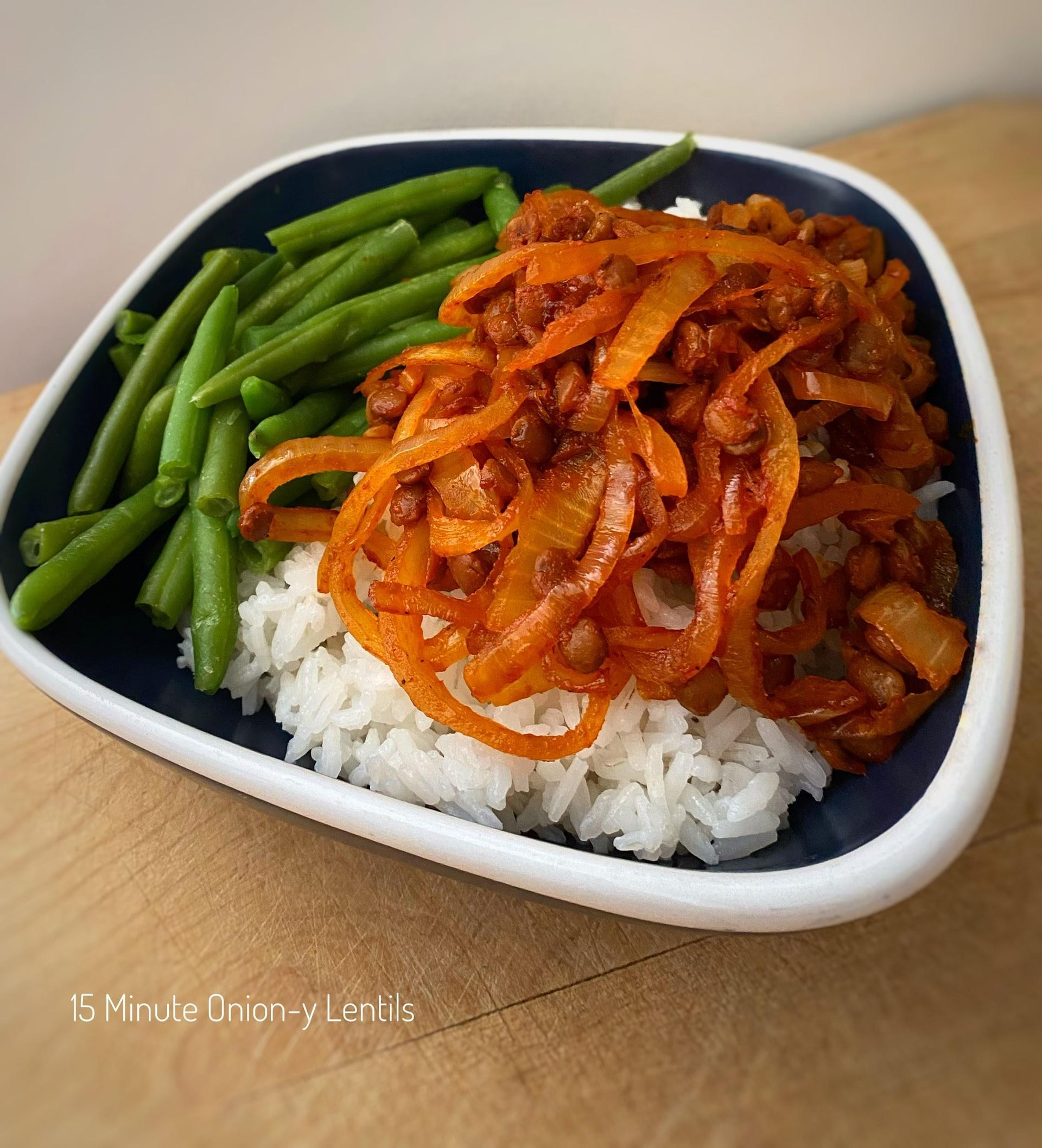Salt Myths
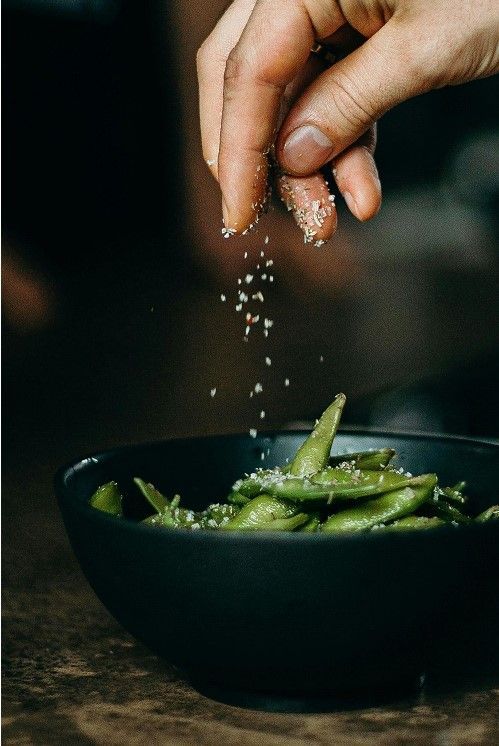
We talk about salt often, especially with our patients seeking better heart health. A high sodium intake (a key component in salt) can raise our blood pressure and extended periods of high blood pressure can damage our heart. Many people consume more sodium than they need and can benefit from reducing their intake. Generally, a good sodium target is 2,300mg/day; most Americans consume around 3,300mg/day.
During our conversations, we often hear statements about salt, some factual and some myths. Here are six of the most common myths we hear.
Myth #1: I don’t add salt to my food. I’m not consuming too much. Not adding salt to our food or during cooking is a great step in reducing our sodium intake, but it’s not always enough. ~70% of our sodium intake comes from processed or restaurant foods. It’s not uncommon to have a restaurant meal provide over 1,400 mg of sodium! If we are frequently eating out or using packaged foods, we might be consuming too much sodium.
Myth #2: I can taste if a food has salt. This one is half true. Many salty foods taste salty. However, foods that we don’t think of as salty like tortillas, condiments, and sweetened beverages can also contain sodium. (Hot chocolate mix and ice cream shakes often surprise people!)
Myth #3: Salt substitutes/iodized salt is unsafe. Many salt substitutes switch sodium with potassium to create a sodium-free salt. Generally, these salt substitutes are safe but may not be advised for individuals with kidney disease or another condition that requires a low-potassium diet. Iodized salt is also generally safe and helps prevent millions of iodine deficiencies each year.
Myth #4: I pick “healthy” fast food meals. They are low in sodium. It’s great that you are looking for healthier fast food options! Unfortunately, many “healthy” restaurant items like beans, rice, grilled chicken, and salsa are high in sodium. (Lower than cheesy, bready, meaty items though!) These foods are better picks for healthy eating but they are still higher in sodium than home-prepared versions.
Myth #5: I have to give up all salt. Thankfully no! Anyone who has looked at a nutrition facts label knows how prevalent sodium is in food. It’s even found in fresh vegetables like celery! Avoiding all salt would be a very difficult/nearly impossible task. Even when someone is on a low-sodium diet, that does not mean no-sodium. Some amount of sodium is beneficial and is okay. Working to decrease our sodium intake is great, but we don’t need to avoid it completely.
Myth #6: Low-sodium foods are bland. Salt is a flavor enhancer and if we take salt away without adding any additional flavor, then this might be true. However, there are many flavoring agents (herbs, spices, citrus, oils, some vinegars) that are sodium-free! It can take time to expand our cooking skills, but there is a flavor-full world beyond salt. (Bonus: our taste buds change over time and learn to like lower-sodium foods!)
Trying to reduce your sodium intake? Here are four ways to start.
⦁ Try a new herb or spice to flavor your meal.
⦁ Make a copycat version of your favorite restaurant meal at home.
⦁ Read nutrition facts labels and look for low-sodium versions of packaged foods.
⦁ Eat smaller portions of salty foods.
Need additional guidance? Reach out to a dietitian! We’d love to help you find lower-sodium options that work for you. Contact us at (785) 560-2566 or admin@manhattannutritionclinic.com
